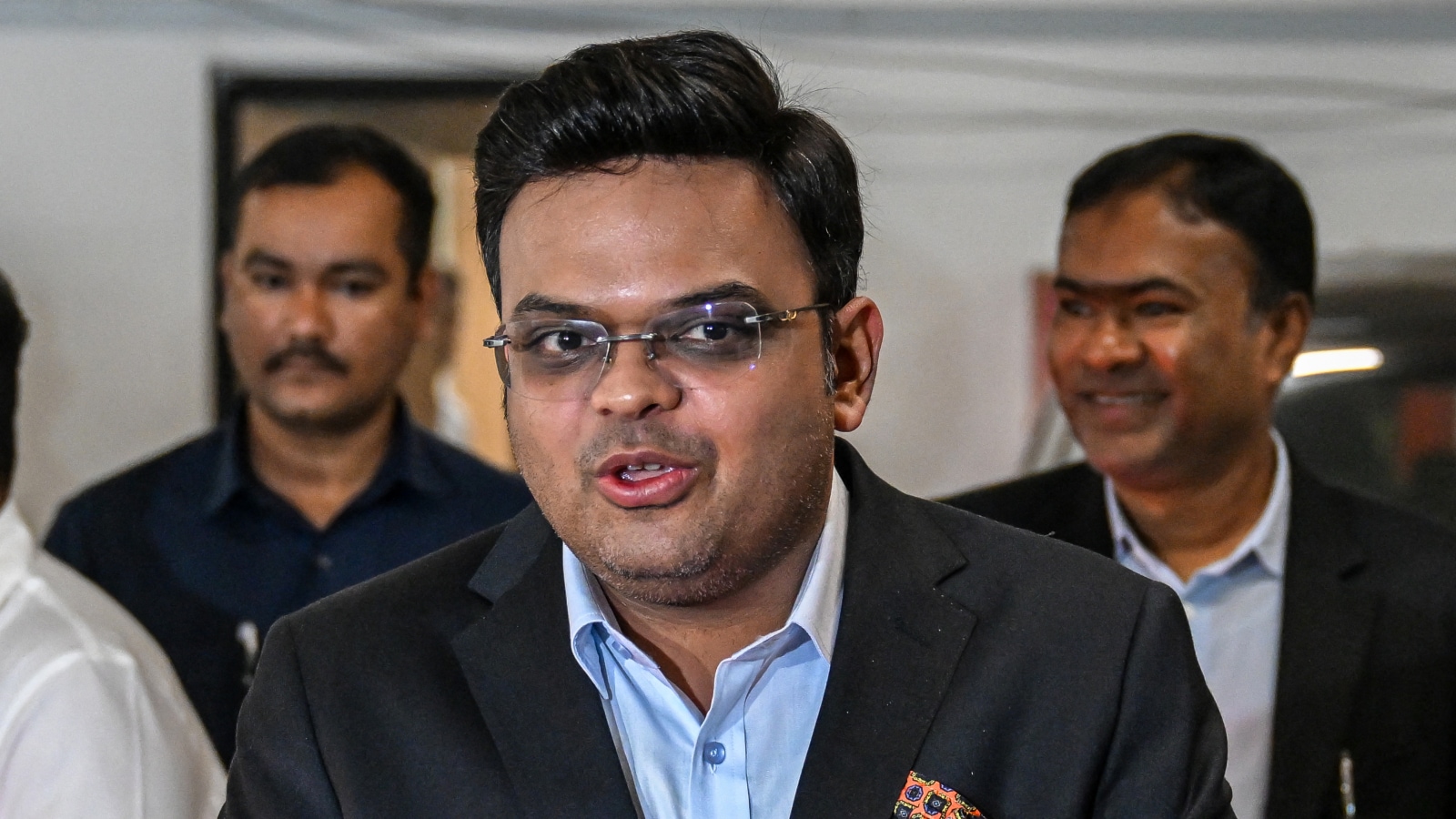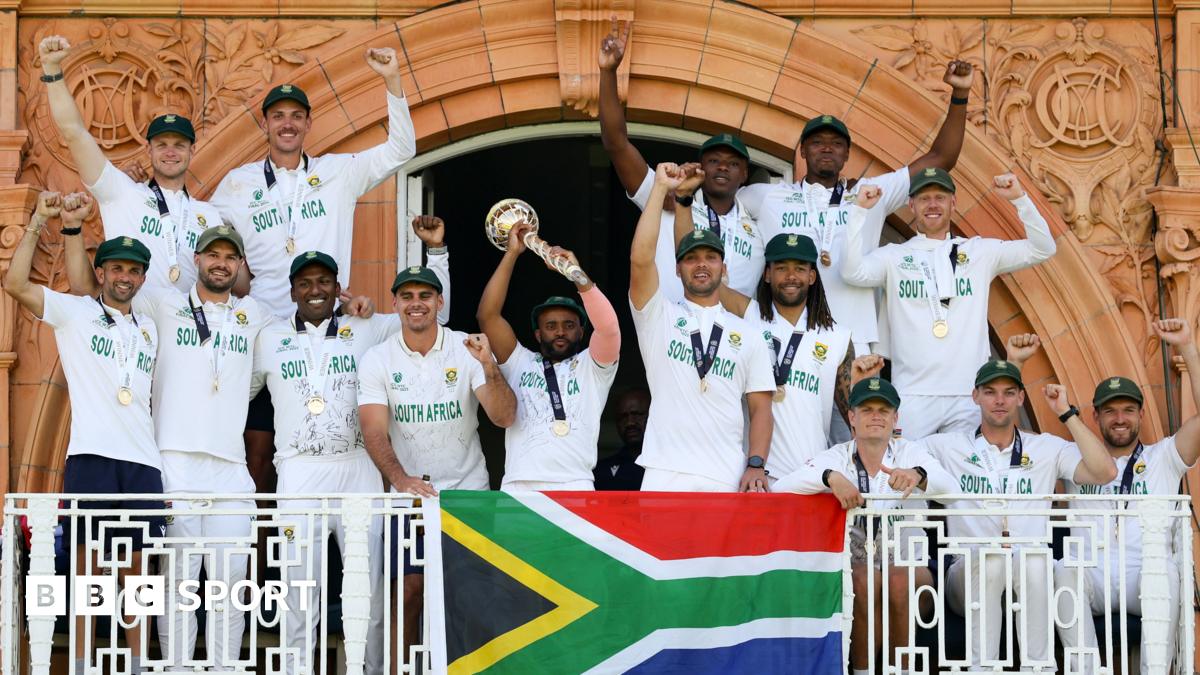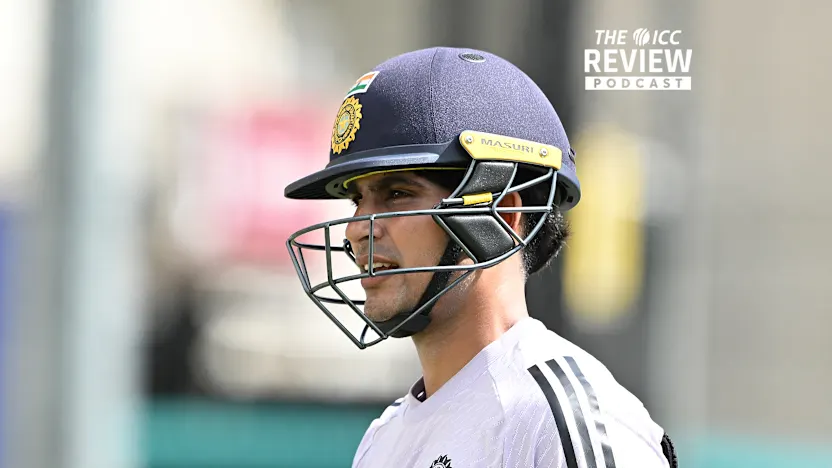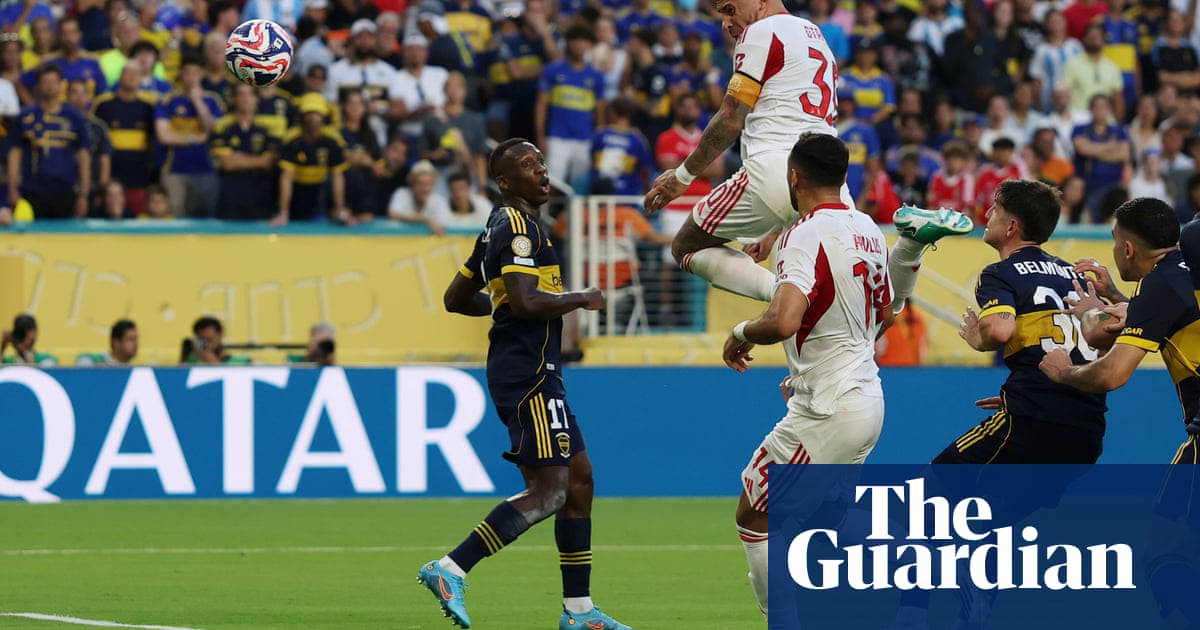South Africa’s cricket team just made history: how the ‘chokers’ became world champions

When Kyle Verreynne hit the winning runs at the “home of cricket” (Lord’s Cricket Ground in London) on 14 June, South Africa erupted in celebration. The Proteas had just claimed their first major cricket cup in history. And nothing less than the International Cricket Council World Test Championship at that, the premier international competition for five-day (test) cricket that’s played over two years.Branded as “chokers” for 26 years for underperforming or spoiling their advantage in crunch situations in major tournaments, the national men’s cricket team has transformed to become world champions.I’m a sport scientist with a focus on cricket. Research can help us understand how the Proteas have managed to do this and what core qualities of a winning team they’ve embodied on their way to turning things around.What is choking?The term “chokers” started being used to describe the Proteas team after the 1999 International Cricket Council Men’s Cricket World Cup semi-finals for games played over one day. The Proteas gave up a commanding position against Australia. This curse tormented them in high-stakes games, particularly world cups, where they often ended second best.In sports psychology, choking has been defined as:An acute and considerable decrease in skill execution and performance when self-expected standards are normally achievable, which is the result of increased anxiety under perceived pressure performance decline when highly motivated individuals are subjected to pressure.Anxiety disrupts a player’s automatic motor response, leading to poor decisions and inaccurate skill execution. This happens at critical moments of the game. And the aftermath of these continued inferior performances can lead to a long-lasting stigma.Proteas captain Temba Bavuma emphasised this in his match-winning speech:We have gone through the heartache, we have gone through the pain, seeing it with past players.Clutch performanceThe opposite to choking is clutch performance. This can be defined as improved or maintained performance under pressure. Some of the contributing characteristics of clutch performances are confidence, complete and deliberate focus, automatic movements, and the absence of negative thoughts.I believe the shift towards these clutch characteristics was the difference in the Proteas shrugging off their “choker” curse.What made the difference?Bavuma, in the post-match interview, recounted how teammate Aiden Markram embodied those clutch qualities, calmly telling Bavuma after every over:Lock in and give them nothing.In interviews Proteas coach Shukri Conrad stressed how calm the players were. He pointed out Markram and Bavuma for their poise and reliability under pressure, another defining trait of expert performers.Conrad emphasised the importance of removing distraction by telling them to “play the conditions” and not the situation. This allows players to focus on the moment and not be overwhelmed by the broader context of the match.The calm and composed demeanour of Bavuma and Markram as they prepared to face the barrage of deliveries during their match-defining partnership also relates to a phenomenon scientists refer to as the “quiet eye”.Read more: What is cricket's World Test Championship and how did Australia qualify for the final?The quiet eye is the period of visual fixation or visual tracking of the body cues of the bowler and the early ball flight trajectory before the execution of a motor task. It’s been associated with superior performance under pressure.Bavuma and Markram were able to sustain long periods of quiet eye while processing critical information from the bowlers’ action and early ball path, while remaining focused on task-relevant cues, all the while blocking out anxiety-related distractions.Conrad succeeded because he was able to combine cultural wisdom and emotional intelligence to truly transform the psychology and ability of the Proteas team.His philosophy of selection, “character first then matching up the skill”, pays tribute to his vision of peaking when it counts – a quality lacking in Proteas teams of the past.When Conrad was first appointed as Proteas coach, he made two big decisions. He selected Bavuma as captain and he recalled a struggling test batter, Markram. Conrad explained:Obviously Temba, a quiet leader, leads from the back, but certainly from the front with the bat … Aiden Markram was always going to be my opening bat. He always delivers on the big stage.The vision of Conrad to appoint Bavuma captain has resulted in a record 10 successive test wins. In the winning match Bavuma led from the front and held firm. He was up to the task with the bat, and despite suffering a hamstring injury during the game, was able to join forces with Markram in the fourth innings to set up a match-winning third wicket partnership of 143 runs.Three of the most experienced players for South Africa in test matches, Bavuma, Markram and Kagiso Rabada, stood out as true champions in this final. Markram scored a match-winning 136 runs in the fourth innings, while Rabada laid the foundation for victory by taking a decisive nine wickets.Read more: T20 World Cup: South Africa reached its first final ever – but staying at the top will take a rethink of junior cricketFor the first time in 26 years, the senior Proteas players all stepped up when it mattered most to secure a world championship. Conrad bore testimony to this in the post-match interview:When our two senior pros in Aiden and Temba put that big stand together, I felt that is obviously where the game was won for us.The Proteas’ victory on 14 June 2025 lifted a 26-year choker curse. With the visionary leadership of Conrad and the composed stewardship of Bavuma, the Proteas revealed that mental clarity, cultural cohesion, and emotional intelligence were key to their success. The “chokers” tag is buried beneath the turf of the “home of cricket”.














